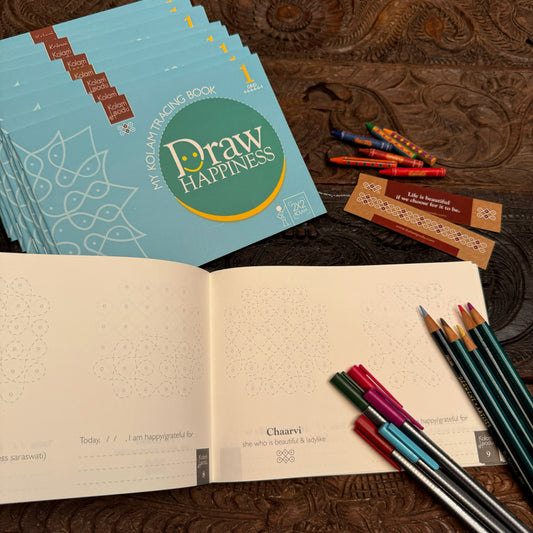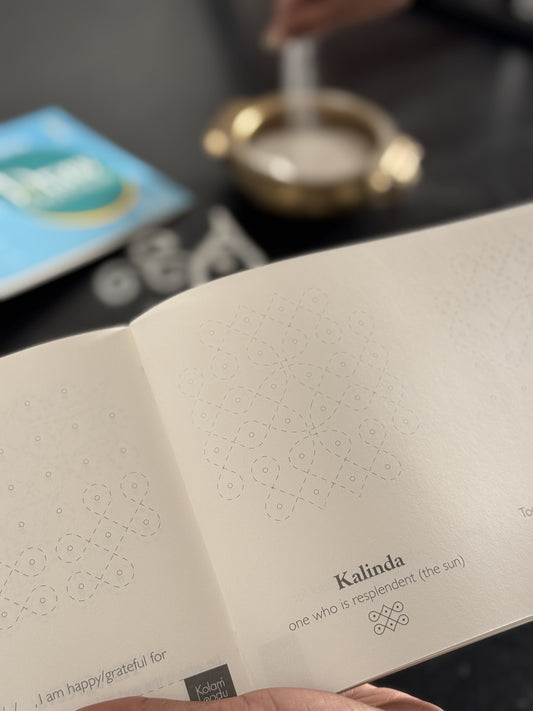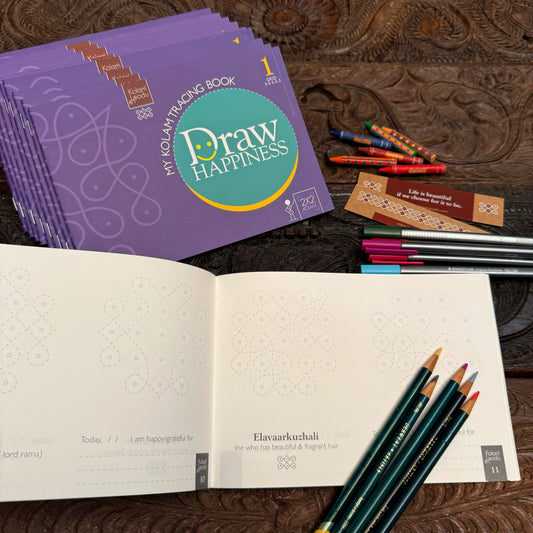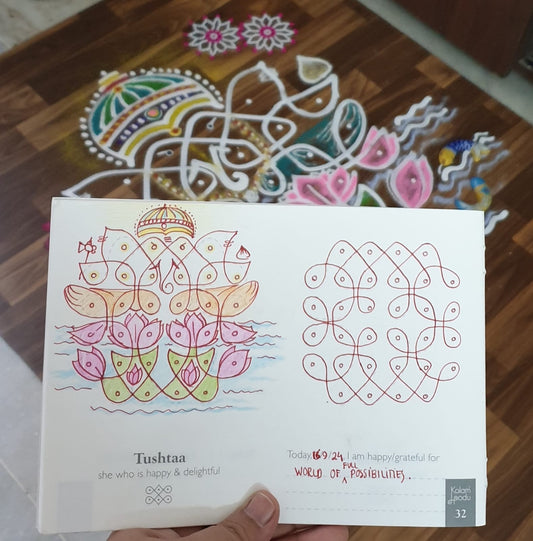Pattern making in kolam is the essence of this captivating art, blending repetitive geometric designs with imaginative expression. Kolam encompasses styles like simple kolam, rangoli kolam, muggulu, and muggu, crafted by connecting dots or freehand drawing. The meticulous design structure, geometric patterns, symmetry, and balance form the core of kolam. Artists experiment with variations, introducing creativity while preserving cultural significance. Pattern making in kolam unites tradition and innovation, creating timeless art that celebrates cultural heritage and inspires generations.
Pattern making holds a pivotal role in the captivating art of kolam, where intricate designs come to life through a harmonious blend of repetitive geometric patterns and imaginative expression. Kolam designs, encompassing a variety of styles like simple kolam, rangoli kolam, muggulu, and muggu, are crafted by connecting dots or through freehand drawing. Here's how pattern making breathes life into kolam:
- Design Structure: At the heart of kolam lies a meticulous design structure. Typically built upon a grid of dots, the placement and connections of these dots follow specific patterns, laying the groundwork for the kolam's overall design. These dot patterns serve as guiding stars, leading artists to create intricate and symmetrical kolam masterpieces.
- Geometric Patterns: Kolams gracefully intertwine with geometric wonders like circles, squares, triangles, and intricate curves. These geometric shapes intertwine, forming captivating and complex patterns. The repetition and arrangement of these shapes contribute to the kolam's visual allure and harmonious symmetry.
- Symmetry and Balance: Pattern making in kolam magnifies the significance of symmetry and balance. Many kolams boast radiant or bilateral symmetry, wherein design elements on one side mirror those on the other. This symmetrical charm creates a visually pleasing and harmonious composition.
- Iteration and Variation: Kolam artists are virtuosos of experimentation, continually exploring different patterns and variations within a given design. Introducing subtle changes to patterns, colours, or arrangements, they bestow unique qualities upon each kolam. This iterative process fosters creative exploration while still embracing the underlying structure of the kolam.
- Cultural Significance: Kolam patterns are deeply rooted in South Indian culture and often carry symbolic meanings. Kolam in Tamil Nadu is muggulu in Andhra Pradesh and Telangana, rangoli in Maharashtra, hase and rangavali in Karnataka, alopana in Bengal, to name a few. These patterns are tied to specific occasions, festivals, or auspicious beliefs. The act of pattern making in kolam thus becomes a vessel preserving cultural traditions and fostering artistic expression within a cultural context.
Pattern making in kolam embodies a fusion of traditional motifs, personal creativity, and adherence to geometric principles. This artistic endeavour empowers individuals to unleash their creativity, explore endless variations within an established framework, and contribute to the rich heritage of kolam designs—a timeless art that continues to mesmerise and inspire generations.
Life is beautiful if we choose for it to be. Let’s draw happiness!







